Filter by
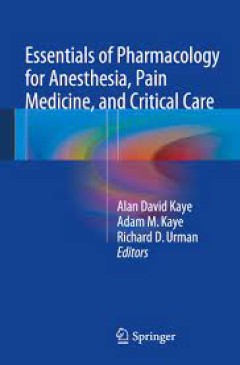
Essentials of Pharmacology for Anesthesia, Pain Medicine, and Critical Care
In anesthesiology, pain medicine, and critical care, practitioners at all levels need help to stay current with the continually evolving drug knowledge-base and trainees need tools to prepare for in-training and board exams that increasingly test their knowledge of pharmacology. This practical book is aimed at both readerships. It features a unique and practical chapter on the United States Foo…
- Edition
- -
- ISBN/ISSN
- 978-1-4614-8948-1
- Collation
- 185 b/w illustrations, 36 illustrations in colour
- Series Title
- -
- Call Number
- -

Essential Tremor in Clinical Practice
This practical, concise guide discusses how to distinguish different types of tremor and make the diagnosis of essential tremor. Written in an easy-to-read format, this book summarises other conditions that may be confused with essential tremor and details all current treatment options for this condition, including medications, surgery and non-invasive alternatives. Examination techniques for …
- Edition
- -
- ISBN/ISSN
- 978-3-319-14598-3
- Collation
- 14 b/w illustrations
- Series Title
- -
- Call Number
- -
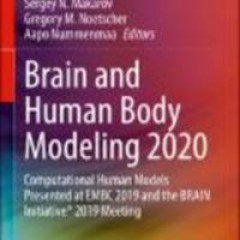
Brain and Human Body Modeling 2020 : Computational Human Models Presented at …
This open access book describes modern applications of computational human modeling in an effort to advance neurology, cancer treatment, and radio-frequency studies including regulatory, safety, and wireless communication fields. Readers working on any application that may expose human subjects to electromagnetic radiation will benefit from this book’s coverage of the latest models and techni…
- Edition
- -
- ISBN/ISSN
- 978-3-030-45623-8
- Collation
- -
- Series Title
- -
- Call Number
- 610 BRA
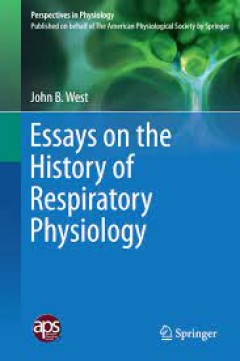
Essays on the History of Respiratory Physiology
This book consists of 23 essays about prominent people and events in the history of respiratory physiology. It provides a first-hand chronicle of the advancements made in respiratory physiology starting with Galen and the beginnings of Western physiology. The volume covers every aspect of the evolution of this important area of knowledge: pulmonary circulation, Boyle’s Law, pulmonary capillar…
- Edition
- -
- ISBN/ISSN
- 978-1-4939-2362-5
- Collation
- 115 b/w illustrations, 14 illustrations in colour
- Series Title
- -
- Call Number
- -
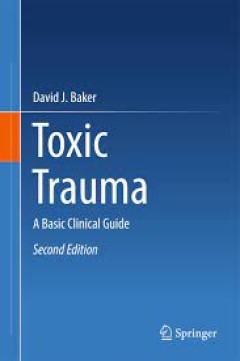
Toxic Trauma
Winner of BMA Medical Book Award, Highly Commended in Public Health Written for medical professionals, this book provides a concise reference with clear guidelines on how to manage both the victims of chemical agent exposure and the site of the incident. David Baker considers the nature and basic science of the hazards faced as well as the practical management of persons exposed to chemicals a…
- Edition
- 2
- ISBN/ISSN
- 978-3-319-40916-0
- Collation
- XXIII, 238
- Series Title
- -
- Call Number
- -
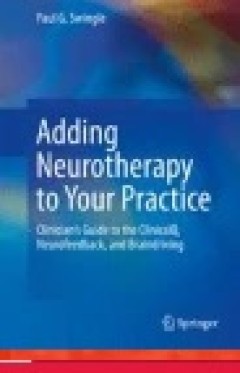
Adding Neurotherapy to Your Practice: Clinician’s Guide to the ClinicalQ, N…
This clinical manual argues for using neurotherapy to enhance mental health and medical practice across settings and specialties. The text takes readers through the tools and methods of neurotherapy: the ClinicalQ for intake assessment, a stimulated EEG modality called braindriving, and neurofeedback protocols to retrain brain function. Case studies demonstrate neurotherapy as an efficient comp…
- Edition
- Ed. 1
- ISBN/ISSN
- 978-3-319-15526-5
- Collation
- IX, 191
- Series Title
- -
- Call Number
- 615.882 SWI a
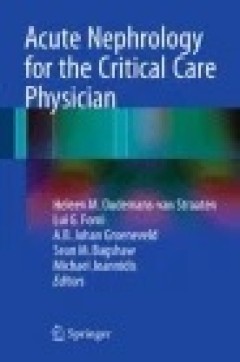
Acute Nephrology for the Critical Care Physician
This practical guide provides the reader with answers to important clinically relevant questions regarding the evaluation and management of acute kidney injury (AKI). All aspects of critical care nephrology are covered, from pathophysiology and diagnosis to prevention and treatment. The questions considered relate to a wide range of issues, such as: How do I diagnose AKI? How can I protect the …
- Edition
- Ed. 1
- ISBN/ISSN
- 978-3-319-17389-4
- Collation
- VIII, 286
- Series Title
- -
- Call Number
- 610.736 ACU a
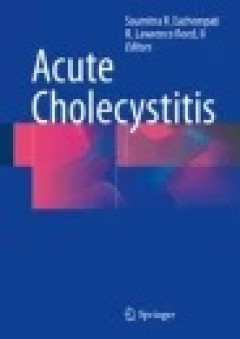
Acute Cholecystitis
This text covers all aspects of the current diagnosis and treatment of acute cholecystitis. Different diagnostic tests are discussed as well as the preoperative evaluation needed to initiate treatment. Other sections include the management of acute cholecystitis in the critically ill and elderly patients, recent advances in operative strategies that have further altered the treatment of acute c…
- Edition
- Ed. 1
- ISBN/ISSN
- 978-3-319-14824-3
- Collation
- XI, 225
- Series Title
- -
- Call Number
- 617.016 ACU a
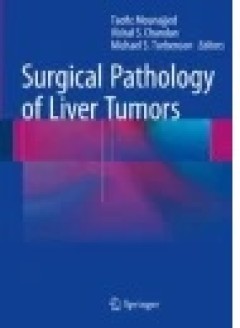
Surgical Pathology of Liver Tumors
This text provides a practical guide for the diagnostic surgical pathologist in evaluating tumors involving the liver. It comprehensively covers the histological findings and key clinical and molecular correlates of liver tumors. The focus is on material that is most relevant to the actual practice of liver pathology including those aspects that are directly relevant to the diagnosis, subtyping…
- Edition
- -
- ISBN/ISSN
- 978-3-319-16089-4
- Collation
- IX, 477
- Series Title
- -
- Call Number
- -

Surgical Oncology
This volume provides a comprehensive perspective on surgical oncologic diseases that are relevant to those who have an interest in surgical oncology. Its purpose is to distill a voluminous amount of information to readers so they will have the opportunity to apply relevant information and knowledge to their particular needs. Each chapter is written by experts in their field who provide concise …
- Edition
- -
- ISBN/ISSN
- 978-1-4939-1423-4
- Collation
- XXI, 678
- Series Title
- -
- Call Number
- -
 Computer Science, Information & General Works
Computer Science, Information & General Works  Philosophy & Psychology
Philosophy & Psychology  Religion
Religion  Social Sciences
Social Sciences  Language
Language  Pure Science
Pure Science  Applied Sciences
Applied Sciences  Art & Recreation
Art & Recreation  Literature
Literature  History & Geography
History & Geography